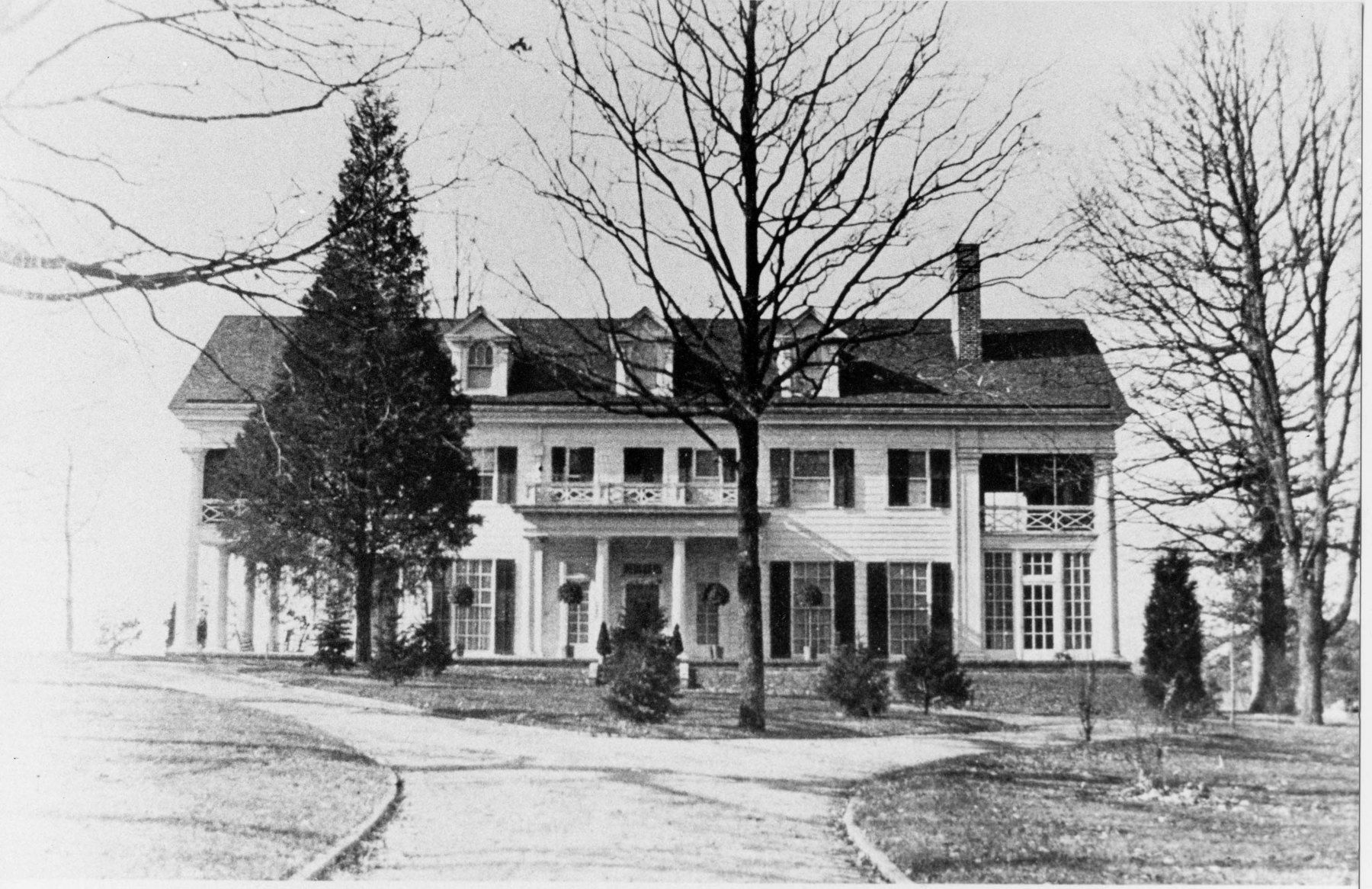If you’ve been in Charlotte over the last decade, then you know that the Queen City has seen some major changes. Uptown, once dead on the weekends, is now buzzing with activity seven days a week. NoDa and Plaza Midwood are now vibrant neighborhoods bursting at the seams with restaurants, bars and new homes. And South End, well, South End wasn’t even a thing 10 years ago, and now it’s among the hottest ZIP codes in town. In 1900 Uptown was barely growing – but it is where the city began to take shape. Longtime local historian Tom Hanchett walked us down Memory Lane a bit and says Trade and Tryon is where it all started …




Nostalgic Charlotte: A Look Back at the QC 100 Years Ago
Woodrow Wilson was president and World War I was raging. Camp Greene opened here in 1917 and served as a training ground for tens of thousands of soldiers. Tom explains, “They would get shipped here from across the country, learn how to be soldiers, and then get shipped to war.” In fact, many of them liked their time in Charlotte so much that they settled here after the war. Among that group? The grandfather of Charlotte Mayor-turned-Governor Pat McCrory.
FUN FACT: Tom says most Charlotteans have no idea that Remount Road off of I-77 is named such because the army ran on horsepower back then, and what is now Remount Road was the place where soldiers would saddle and mount up.


The soldiers practically doubled the city’s population. In 1900, Charlotte had fewer than 20,000 people. By 1940, though, that number had ballooned to 100,000.
And while Charlotte was still a relatively small town 100 years ago, the city was just beginning to take shape. This time frame is when skyscrapers began to sprout upwards along Tryon Street. Many of the buildings are still there today. (Of course, a skyscraper back then meant a building was 15 to 20 stories, which pales in comparison to today’s high-rises.) You can still find the Johnston and Suntrust buildings – both from that era – in Uptown.

RELATED: Uptown is Charlotte’s Neighborhood on the Move
The year 1918 was also smack-dab in the middle of a major growth trajectory thanks to the textile mills in nearby Gastonia and Kannapolis. While the textile industry in the United States started in New England, Charlotte pulled ahead in the 1920s. The city emerged as a trade city for the textile region, and people began moving from the countryside into mill towns like Belmont, Mount Holly and Charlotte. Tom points out, “South End and NoDa were brand spanking new back then, and they were both home to the textile mills. That mill economy was very different. It was the beginning of North Carolina as an urban state, where most people lived in cities instead of out on farms. 1918 was really very much a time of transition for Charlotte.”
Tom says 100 years ago marked the beginning of the first wave of immigrants coming to America, but, he says, “They avoided the South because it was so poor. There were maybe a handful of Italians and a few Greek families, but mostly Charlotte was home to native-born blacks and whites and a small number of Native Americans. This was really a blue-collar, home-grown kind of place.”
RELATED: The History Behind Six Charlotte Street Names
One of the city’s oldest neighborhoods was still in development 100 years ago. Work began on Myers Park in 1911 and was ongoing through 1918. One of the areas most famous homes, the Duke Mansion, actually earned that name when James B. Duke (the guy who brought hydroelectric power to the South) bought the original house and expanded it there on Hermitage Street. (In addition to the power company providing cheap electric power, the Duke endowment also paid for some of the state’s most important institutions, including Duke University, Davidson College and Johnson C. Smith University, as well as several hospitals and churches.) “He was a powerful history maker who dedicated much of his fortune to building the city of Charlotte and ultimately North Carolina,” Tom adds.

Now 100 years later, the Duke Mansion plays host to thousands of visitors every year, and the Duke Energy building is one of the most recognizable in the Uptown Charlotte skyline, a skyline that Charlotteans couldn’t possibly have imagined 100 years ago.
**********
Keep up with the best of life in Charlotte — subscribe to StyleBlueprint!



















